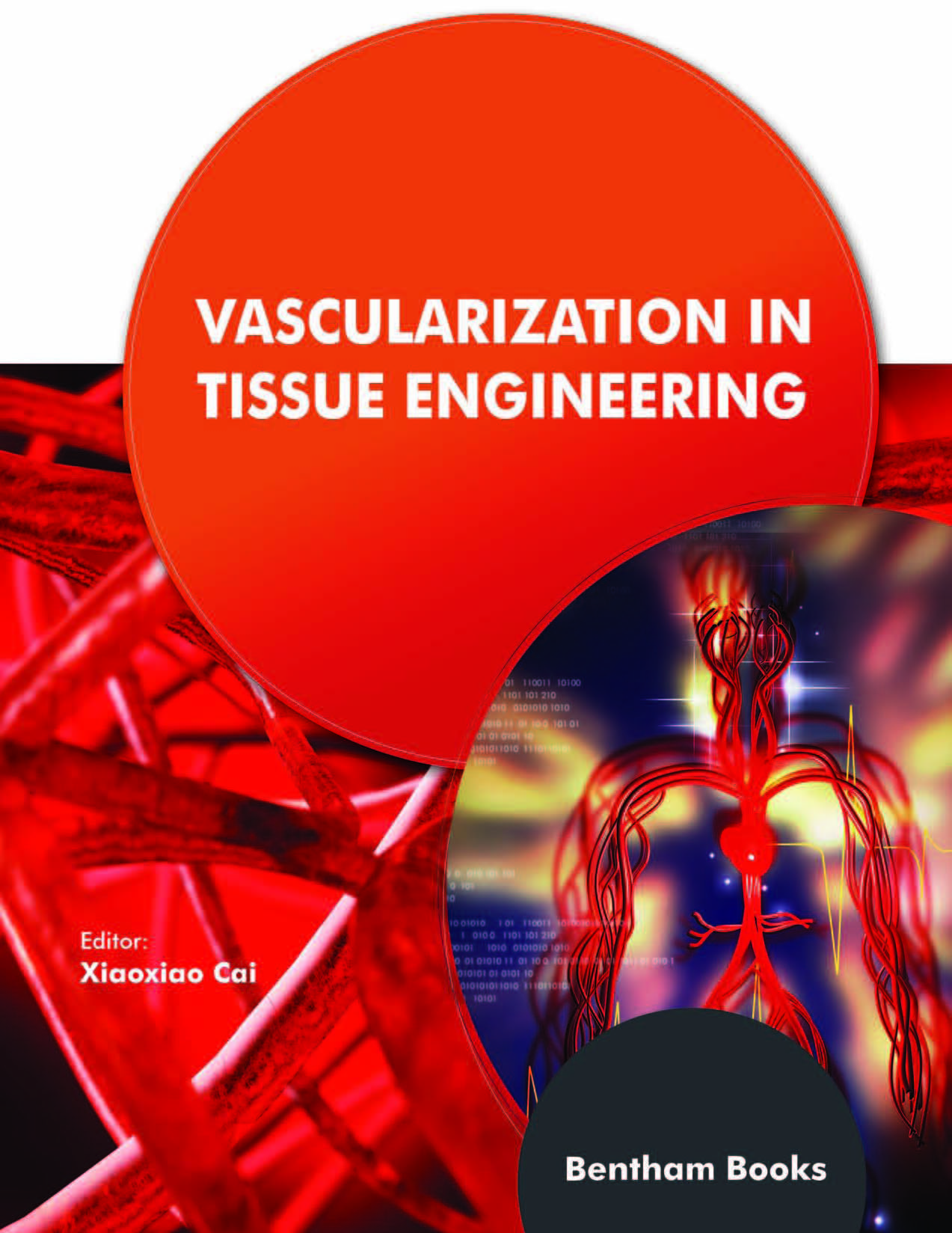When Dr. Cai asked me to write this foreword, I was greatly honored to have the opportunity to introduce this eBook.
As one of the research hotspots of life science in the 21st century, tissue engineering is a new subject combining cell biology and material science to construct tissue or organs in vitro or in vivo. The method is to plant seed cells on scaffold materials to form an active complex, which finally establishes tissues and organs with normal physiological functions and is applied to the treatment and repair of human diseases. At present, the construction of skin, bone and cartilage in vitro has made great progress, and has been widely used in clinical. However, how to build a blood supply system that can transport nutrients, oxygen and remove metabolize waste for the body, to ensure the survival of implanted artificial tissue in the body and play its normal physiological function, which is a major difficulty of tissue engineering, as well as a key issue of regenerative medicine.
Vascularization, existing in both physiological and pathological procedures, is a considerable complicated process which is regulated and controlled by a variety of biological factors via diverse pathways and mechanism. It’s a complex and multi-step physiological process, which must be carried out under a strict micro-environment. At present, in addition to conventional treatment methods, plenty of vascular diseases such as arterial ischemic disease, peripheral arterial disease, pulmonary hypertension, limb ischemia, myocardial infarction and cerebral infarction were treated with endothelial progenitor cells possessing the characteristics of stem cells in clinical work, which have a very broad prospect. Therefore, the exploration of the vascularization of tissue engineering will greatly promote the research results of regenerative medicine to clinical application.
It is generally known that seeding cells, growth factors, scaffold materials and microenvironment are the four basic elements of tissue engineering. This eBook is a comprehensive and systematic introduction to the vascularization of tissue engineering from these four aspects. Firstly, it details the whole process of physical vascularization (vascularization and angiogenesis) and the role of various growth factors. Then, the effect of the physiological microenvironment and pathological microenvironment on the vascularization in tissue engineering is elaborated, such as related mechanism, pathophysiological features and so on. Besides that, various common seeding cells, typical co-culture system model and multifarious scaffold materials of vascularization in tissue engineering are also introduced in detail.
In conclusion, I am excited about this eBook. Because it not only systematically and comprehensively introduces the mature theoretical knowledge, methods and technology of vascularization in tissue engineering, but also shows the latest progress achievements and future development in the world. I believe it will be beneficial to all those who have an interest in vascularization in tissue engineering and will lay a crucial and solid theoretical foundation for making future progress of tissue engineering vascularization.
Yunfeng Lin, M.D., Ph.D.,D.D.S.
Professor of Department of Oral and Maxillofacial Surgery
West China College of Stomatology
Sichuan University
Vice-director of State Key Laboratory of Oral Diseases
Director of Laboratory for Nucleic Acid Nanomaterials, SKLOD
Executive Editor-in-Chief of Bone Research
Deputy Editor-in-Chief of Cell Proliferation
China

